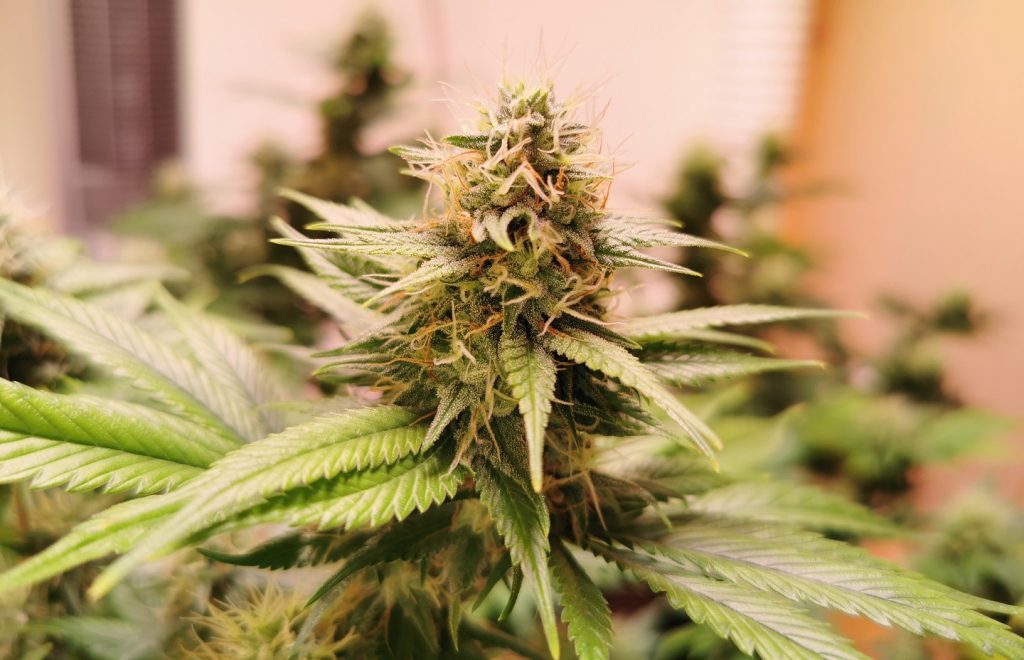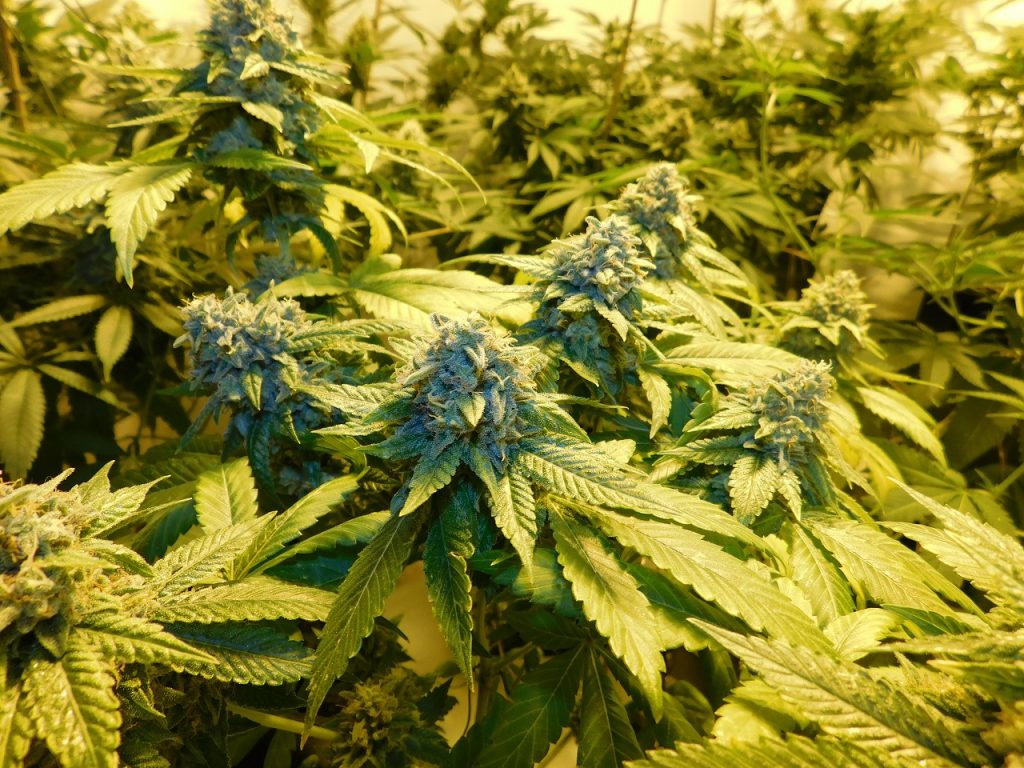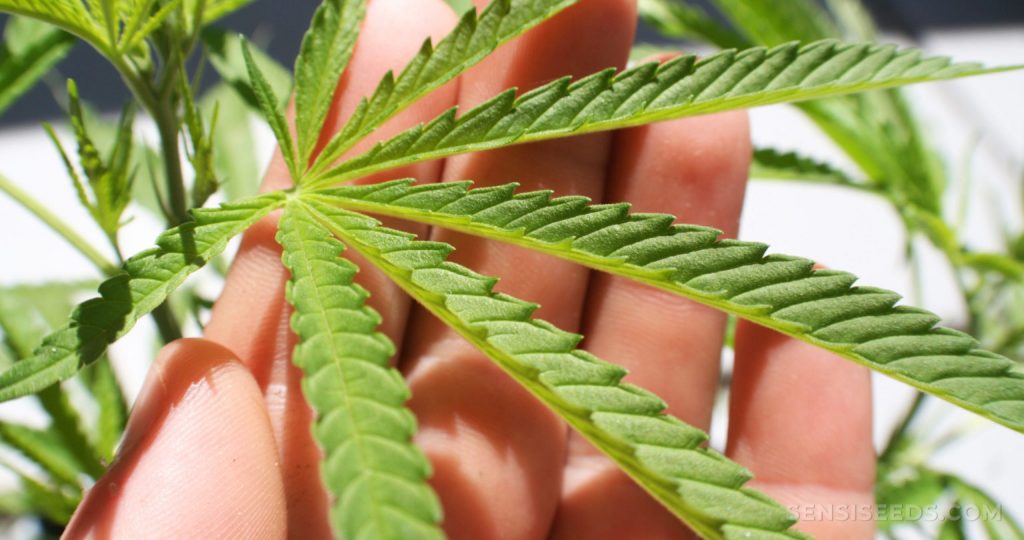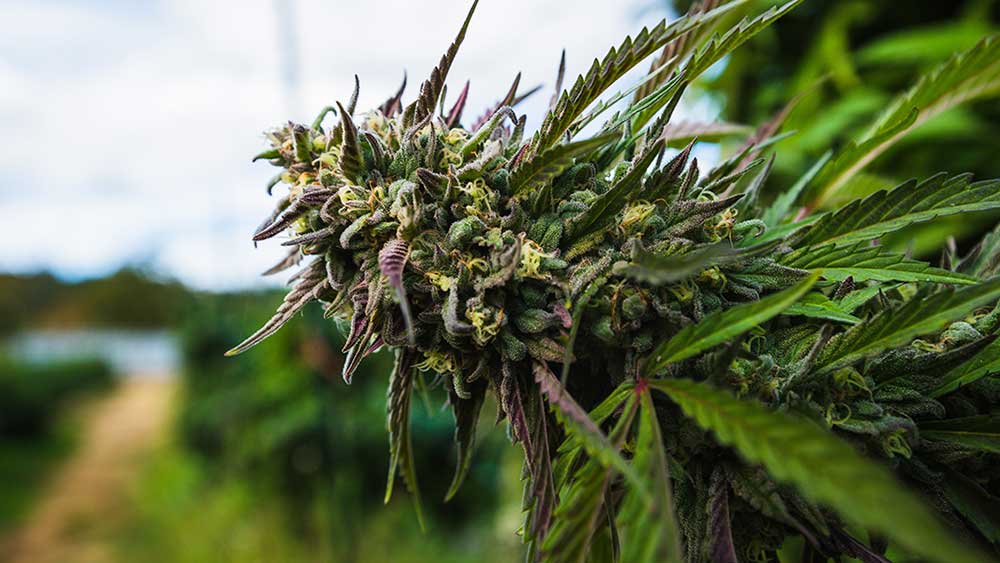The difference between Autoflower strians and regular strains
If you wanted to cultivate weed back in the old days, you were highly dependent on (day)light to let your plants grow and blossom. The amount of light fluctuates between seasons. Just like most things in nature, cannabis plants depend on these varying mounts of sunlight. As the days grow longer, the intensity, duration, and quality of daylight changes. That triggers your weed plant to think:hey, summer’s coming – time to start flowering! That’s all very nice, except when you want more control over the moment your plants should start to bloom. Indoor growers have more control by setting lighting times with their grow lamps. That’s not the case for outdoor growers, however. Fortunately, that has changed since autoflowering seeds became available. Obviously, weed plants still need light to grow, but autoflowering seeds have certainly changed the grower’s game.
Regular flowering seeds depend on a certain amount of light for growing and flowering. You plant them in spring, when the days are lengthening. In this time of year, sunlight contains a lot of light in the blue spectrum. This kind of light is important for the plant’s growth. After the longest day, when the days get shorter, the light shifts to the red spectrum. This gives the plants the energy to start flowering.
This is why these plants are called photoperiod plants: they depend on light. But not only do they need light to grow and flower, they also need increasingly longer nights.
Growth of Autoflowering Strains
Growth of photoperiod seeds depends on the changing of the light. They need a set amount of sunlight, as well as dark nights. What makes autoflowering plants so special, is that they can grow and flower, without you having to adjust the amount of light.
Of course, they do need light, but they have been developed to start flowering, from the moment they reached a specific height. They can start flowering as early as after 2 to 4 weeks. If all goes well, you can start harvesting when they’re approximately 9 weeks. That is much faster than is possible with photoperiod plants. The whole growing and flowering period can last from 4 to 6 months.
It is true that most autoflower plants are smaller than the average weed plant. This is why on average the yields tend to be smaller. Of course, this can be a benefit as well: these plants don’t stand out as much in a garden, between other garden plants. And it could be beneficial inside, because they don’t take up as much space.
The benefits of Autoflowering Strains
Autoflowering seeds are a great choice for beginning growers, because they’re very easy to cultivate. But they offer other advantages too, makingthem attractive for experienced growers as well.1. Continuous Harvest
Because photoperiod plants depend on light and the changing of the seasons, your harvest options are limited. Usually, you can only harvest two or three times a year at most (except for when you live on the equator). However, with autoflower seeds you have more freedom and more moments to harvest, independent of the seasons.
Your main focus when planting autoflowers outside is temperature. They can generally withstand temperatures between 15 and 35 degrees Centigrade. Plus they’re adequately resistant to temperature changes. That’s why these plants are very suitable for our northern climate.
Furthermore, you don’t have to depend on light. This is a useful characteristic for people who like to cultivate the plants indoors. Usually, growers use a light cycle of 12 hours of light, followed by 12 hours of darkness. If you want multiple harvests, you have to wait until your plants have flowered before you can plant new seeds. That’s because they need a different amount of light than flowering plants. If you have autoflowering seeds, that isn’t necessary. They’re not dependent of light, so you can sow the next batch whenever you want.





